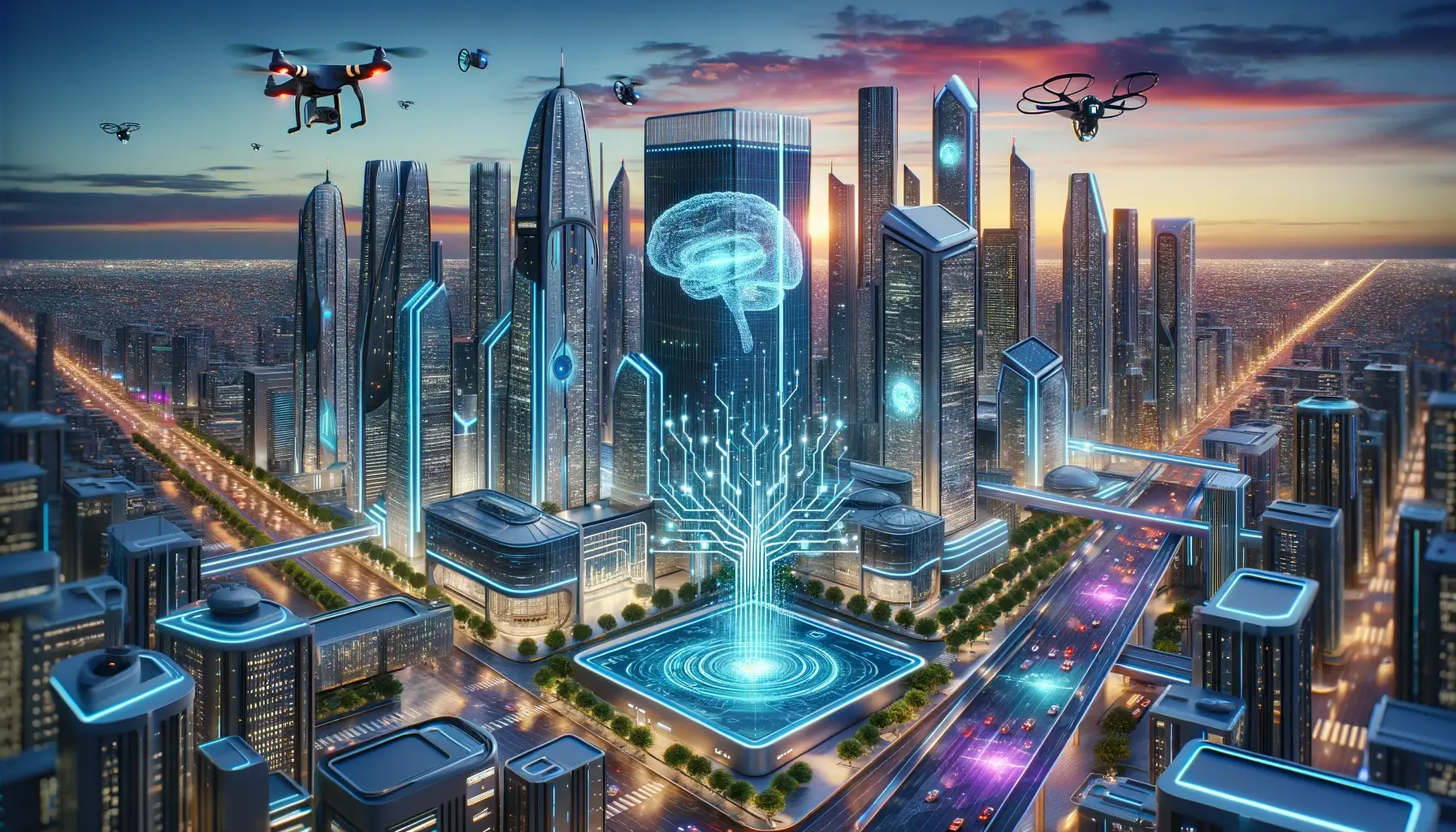In the ever-evolving landscape of artificial intelligence, a new milestone has been reached with the development of GPT66X. This breakthrough in AI technology promises to redefine the boundaries of machine learning, natural language processing, and human-AI interaction.
Understanding GPT66X
GPT66X, the latest in the series of Generative Pre-trained Transformers, is not just an incremental update but a significant leap forward. It builds on the foundations laid by its predecessors, like GPT-4, but introduces new capabilities that make it more powerful, efficient, and versatile.
Key Features of GPT66X
- Enhanced Language Understanding: GPT66X exhibits an unprecedented understanding of human language, capable of interpreting and generating text with remarkable accuracy and nuance.
- Advanced Learning Algorithms: The model uses state-of-the-art learning algorithms that enable it to adapt and learn from new information more rapidly than ever before.
- Versatility Across Domains: Whether it’s creative writing, technical analysis, or language translation, GPT66X demonstrates remarkable versatility across various fields.
Applications of GPT66X
The potential applications of GPT66X are vast and varied. It can revolutionize several industries, from education and healthcare to entertainment and customer service. Its ability to process and generate human-like text makes it an invaluable tool for content creation, data analysis, and even personal assistance.
Ethical Considerations
With great power comes great responsibility. The advent of GPT66X also brings forth ethical considerations, particularly in terms of privacy, data security, and the potential for misuse. It’s crucial to have robust ethical guidelines and safeguards in place.
The Future with GPT66X
Looking ahead, GPT66X is set to be a game-changer in the AI arena. Its development could pave the way for more advanced AI systems that could work alongside humans, enhancing our capabilities and opening new avenues for innovation and growth.
The Impact of GPT66Xon Society
The introduction of GPT66X is not just a technological revolution; it’s a societal one. Its impact extends beyond the tech industry, influencing how we communicate, learn, and work. For instance, it can transform educational methods, making personalized learning a reality for students worldwide. In the workplace, GPT66X can automate routine tasks, allowing humans to focus on more creative and complex challenges.
Democratizing Access to Information
One of the most significant contributions of GPT66X is its potential to democratize access to information. With its advanced language processing capabilities, it can break down language barriers, making knowledge accessible to a broader audience. This aspect of GPT66X could be particularly transformative for regions and communities that have historically had limited access to information.
Collaboration Between Humans and AI
GPT66X also opens up exciting possibilities for collaboration between humans and AI. In creative industries, for instance, it could act as a co-creator, helping artists, writers, and designers to explore new realms of creativity. In scientific research, it could accelerate discoveries by processing vast amounts of data, offering insights that might take humans years to uncover.
Personalization and AI Ethics: While GPT66X offers personalization in services, this raises important questions about AI ethics and privacy. The model’s ability to understand and predict user preferences must be balanced with respect for individual privacy. Ensuring that GPT66X is used responsibly and ethically will be paramount, requiring ongoing dialogue among technologists, ethicists, and policymakers.
Challenges and Opportunities: The development of GPT66X is not without its challenges. Addressing issues like computational resource requirements, potential biases in AI, and ensuring equitable access to such technology are critical. However, these challenges also present opportunities for innovation and progress in AI governance and sustainability.
Conclusion: GPT66X marks a significant milestone in the journey of artificial intelligence. Its capabilities hint at a future where AI can not only mimic human intelligence but also complement and augment it in ways we are just beginning to imagine. As we step into this new era, it’s essential to embrace these advancements with an open mind and a cautious approach, ensuring that the benefits of such technology are accessible and ethical for all.


